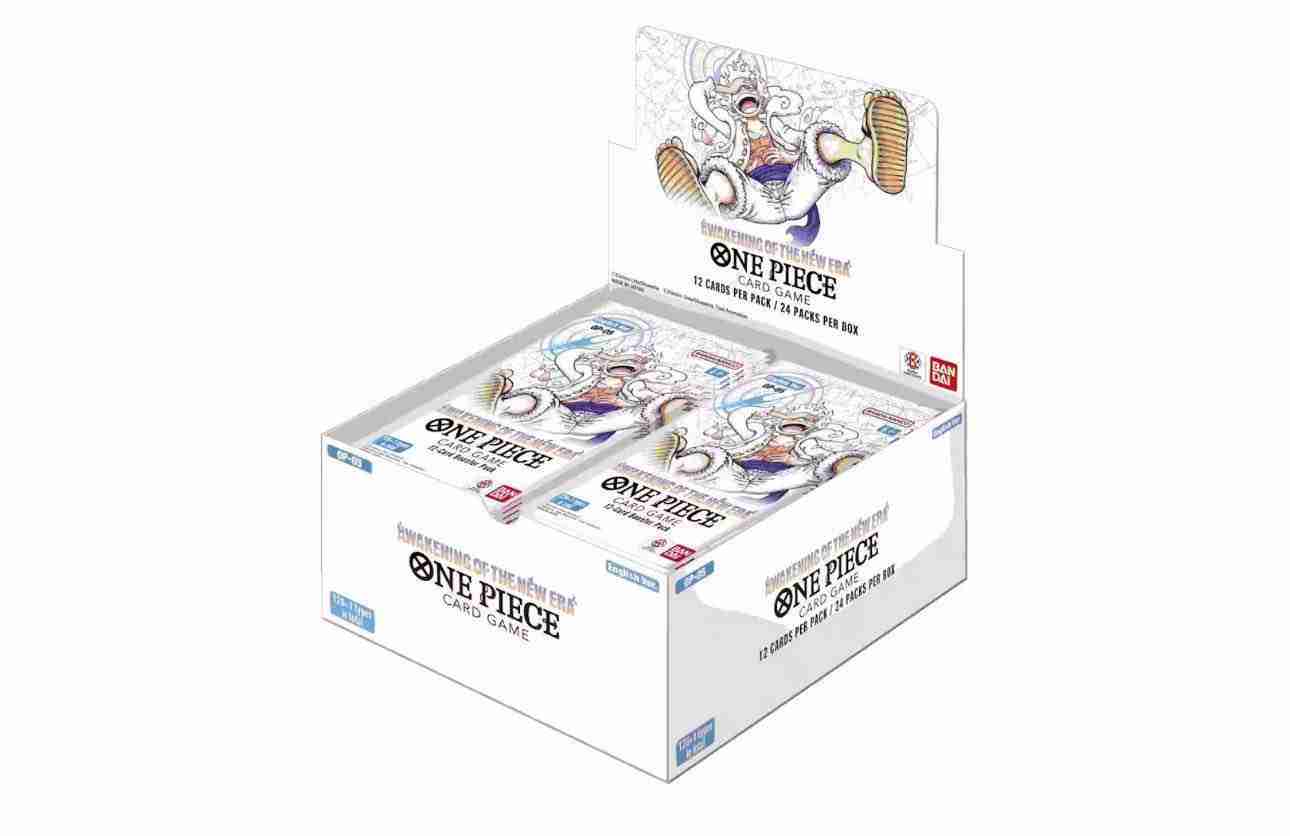
FAQ
Whether you’re a seasoned collector or just starting out, we’re here to assist you every step of the way. If you have a question that isn’t covered here, feel free to reach out to us, and we’ll be happy to assist you. Let’s dive in!
Decked Out Gaming in Brookvale hosts One Piece TCG events on Tuesday nights at 7pm.
One way to check for authenticity is by comparing the back of your card with those from reputable stores. If the color appears off, lighter, or lacks shading, it's likely a fake. You can also check here against a 3rd party guide.
A raw card refers to one that hasn’t been graded by a third-party service like PSA or BGS. When you purchase a pack of cards, they are typically raw. Sending these cards to a grading service can increase their value, turning them into graded or "slabbed" cards.
- Near Mint to Mint (NM-Mint): Cards in this condition range from Near Mint to Mint, typically graded 8/10 or 9/10. They may have minor imperfections like nicks or light scratches.
- Lightly Played (LP): Cards with several imperfections such as nicks, minor scuffing, or edge wear.
- Moderately Played (MP): Cards with noticeable play wear including edge wear, scratches, or scuffs.
- Heavy Played (HP): Cards with significant damage that may render them unplayable in tournaments, even in sleeves.
- Damaged (DMG): Cards with severe damage making them likely unplayable in tournaments.
Graded cards are assessed by third-party services, assigning a numerical grade between 1-10 based on their physical condition. Higher grades command higher prices in the secondary market, with GEM Mint (10) being the highest rating.
PSA and Beckett are leading grading companies located in the US. You can either send cards directly to them or use a subgrading company like TRA Collective in Australia. CGA (Card Grading Australia) and PCG (Premium Card Grading) in New Zealand are also options for local collectors.
